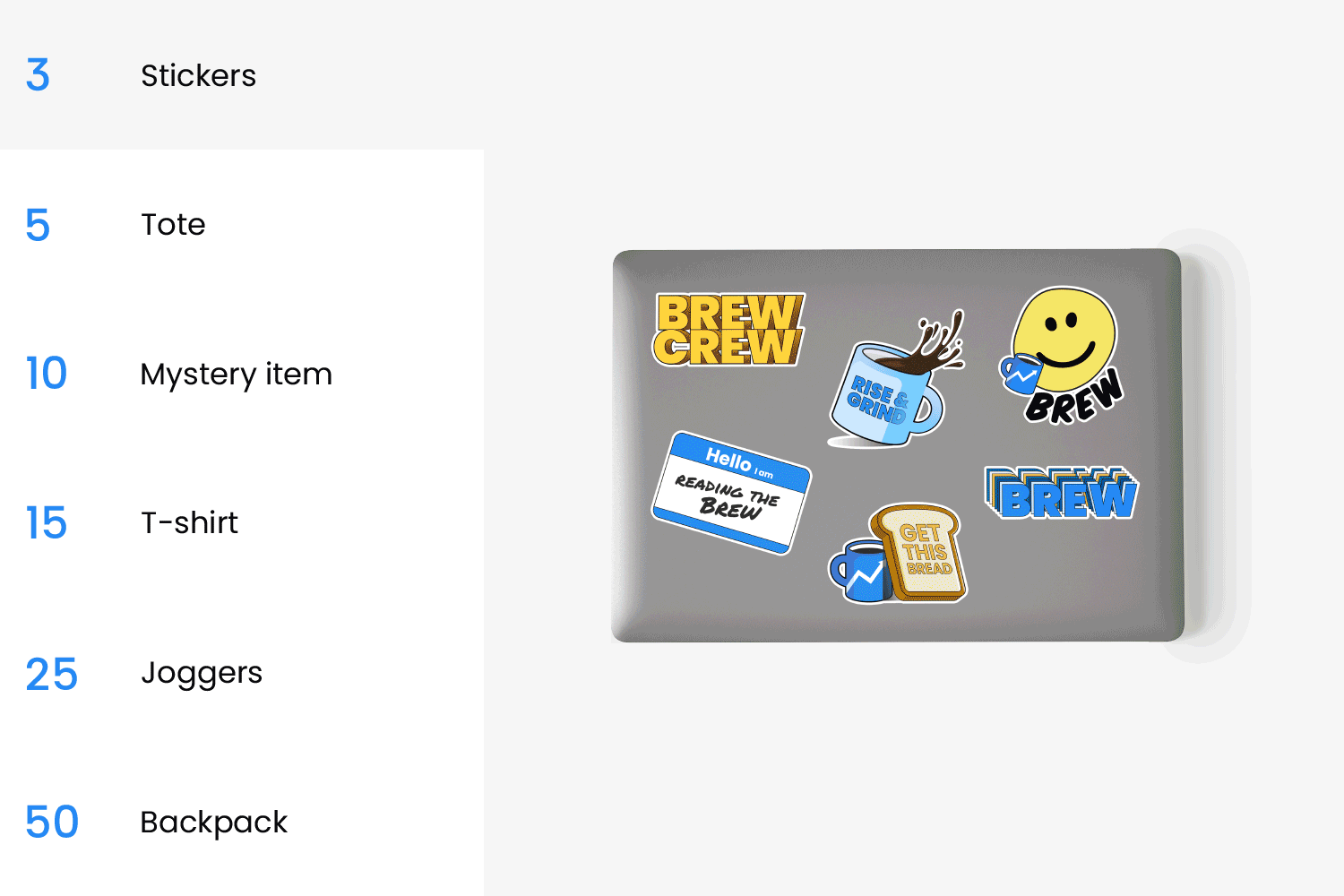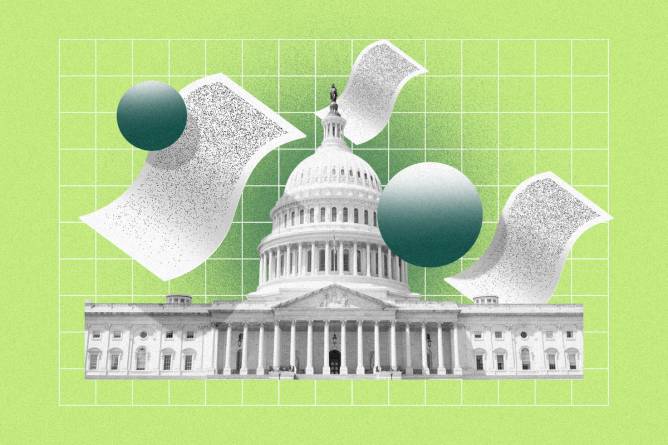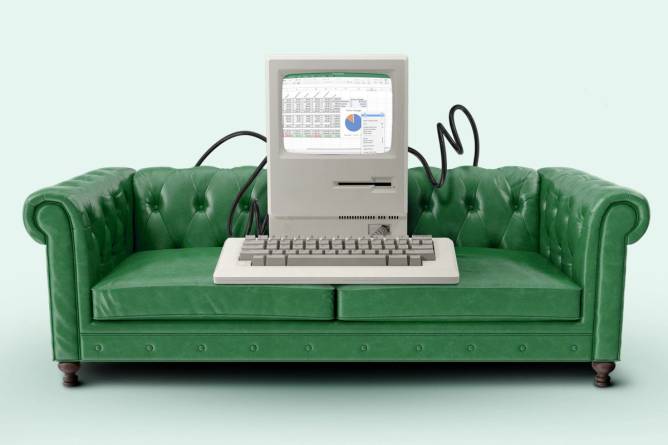Mathisworks/Getty Images
|
The cost of healthcare went up last year, according to a new report from Marsh McLennan Agency (MMA), a US-based subsidiary of global brokerage Marsh. The amount that employers spent on health benefits per employee grew by 5.2%, while the estimated cost of employer contributions to premiums increased by more than $1,400, to $11,762.
Healthcare inflation can affect employees, as well, the report noted, with 38% of Americans reporting they put off medical treatment in the last year due to cost concerns. MMA noted that “delayed care is associated with worse health outcomes and higher costs for patients and benefit providers.”
Younger workers appear to be feeling the pinch of high health costs the most, with 74% of millennial and 56% of Gen Z patients canceling doctors’ visits because of high costs, compared to 13% of Baby Boomer patients. Putting off behavioral healthcare, in particular, can be costly for younger age groups, said Monte Masten, chief medical officer with MMA. Given these trends, employer investment in incentives may be warranted, he told HR Brew.
Incentives for care. To address concerns about low utilization of PCP and preventative care visits, some employers have put in place programs to incentivize employees to seek them out.
Keep reading here.—CV
|
|
|
Let’s face it: Hiring can be a headache. But with a little automation, hiring teams can streamline administrative duties and improve the candidate experience—without losing the human element.
According to the pros at Paradox, the secret to leveraging automation is knowing where human ingenuity reigns supreme vs. where automation adds value. Automation can handle simple admin tasks like screening and interview scheduling at scale. So recruiters can focus on making critical hiring decisions, like actually choosing who’s best for a role. You know, things that only humans can do.
Paradox estimates that:
- High-volume support roles with straightforward qualifications can benefit from up to 100% automation.
- High-volume, in-demand skilled roles (like nurses or truck drivers) can automate up to 90% of the process, making hiring fast + efficient.
-
Corporate roles can benefit from 60% automation, freeing up recruiters to strategically assess candidates with complex qualifications.
Not sure what level of automation is right for you? That’s where Paradox comes in. Read more.
|
|
Francis Scialabba
|
The effective date of a National Labor Relations Board (NLRB) rule that would make it easier for organizations to qualify as a “joint employer” was pushed back, once again.
The rule, which had been set to take effect Feb. 26, was pushed back two weeks, to March 11. A Texas federal judge delayed the start date after holding a hearing for a lawsuit challenging the rule, which was filed by business groups including the US Chamber of Commerce.
The US District Judge, J. Campbell Barker, indicated “an opinion with the court’s reasoning will be issued forthwith.”
What the joint-employer rule would do. This is the second time the start date for the new policy has been delayed; the NLRB previously pushed it back one month, from Dec. 26. The rule would lower the bar for two entities to be considered a joint-employer, as they would only have to share one essential term of employment—such as wages, benefits, or employment tenure—to qualify.
Keep reading here.—CV
|
|
Nora Carol Photography/Getty Images
|
It’s a leap year, which means every worker gets an extra day to hit those February deadlines.
But what does that mean for pay and benefits? The answer depends in part on the rate and frequency with which workers are paid. For many workers, the leap year will signal a not-so giant leap for their paychecks.
Here’s a quick primer for HR pros on how payroll and benefits are affected during 366-day years.
Workers paid on a weekly or hourly basis may see slightly higher pay. Salaried employees are unlikely to see their pay change during a leap year, as they are paid a portion of their annual salary each month regardless of the number of days worked. Hourly workers, however, will need to be paid for working an extra day in February.
Keep reading here.—CV
|
|
Francis Scialabba
Today’s top HR reads.
Stat: Younger generations have become less engaged in their jobs since the pandemic, and the decline is particularly pronounced among older millennials, of whom only 32% are engaged in their jobs, down from 39% in 2022. (Gallup)
Quote: “They’re like Facebook in 2014.”—Tom Case, head of recruiting firm Atticus Growth Partners, on why Nvidia is such an attractive employer for tech workers (the Wall Street Journal)
Read: Buy-now, pay-later company Klarna says its virtual AI assistant is handling two-thirds of customer-service chats, equivalent to the work of 700 full-time agents. This follows layoffs in 2022 that affected 10% of Klarna’s workforce…or around 700 employees. (Fast Company)
HR’s little secret: Automation is changing hiring for the better. Paradox’s guide post explores how automation streamlines administrative tasks so HR can do what it does best: engage with people. Check it out.* *A message from our sponsor.
|
|
|
iHireHR is a career platform dedicated exclusively to HR pros. Find your next opportunity with hyperpersonalized job matches, AI-powered resume and cover letter tools, and more.
iHireHR can help you hire, too. Post your job today to connect with their unique talent pool and reach top candidates before your competition.
|
|
|
Share HR Brew with your coworkers, acquire free Brew swag, and then make new friends as a result of your fresh Brew swag.
We’re saying we’ll give you free stuff and more friends if you share a link. One link.

Your referral count: 2
Click to Share
Or copy & paste your referral link to others:
hr-brew.com/r/?kid=9ec4d467
|
|
|









